Not a game changer in terms of design
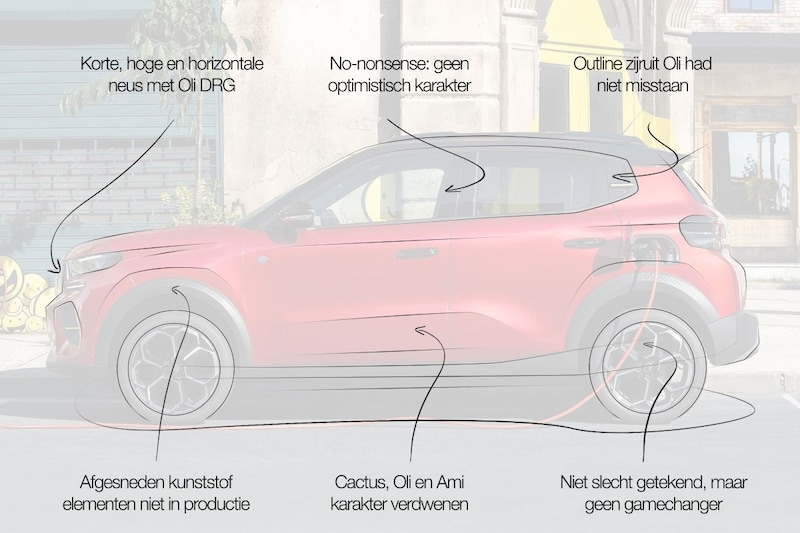
Car designer Niels van Roij assesses whether Citroën has succeeded in pushing the ë-C3 from concept car to production car. Because the new electric small car may be relatively affordable, a brand like Citroën owes it a duty to make cars with character.
Predicting the future – the essence of car design – is a very complex job for every design studio. From audience expectations to aerodynamics, from costs to fuel consumption, from styling ideas to production costs: the list of large and often conflicting interests is enormous. However, for the maker of the most affordable car for everyone, the 2CV, building accessible cars with character should be an obsession. Did they succeed with the ë-C3?
Ten years ago they hit the mark with the C4 Cactus. Very strong at all levels.
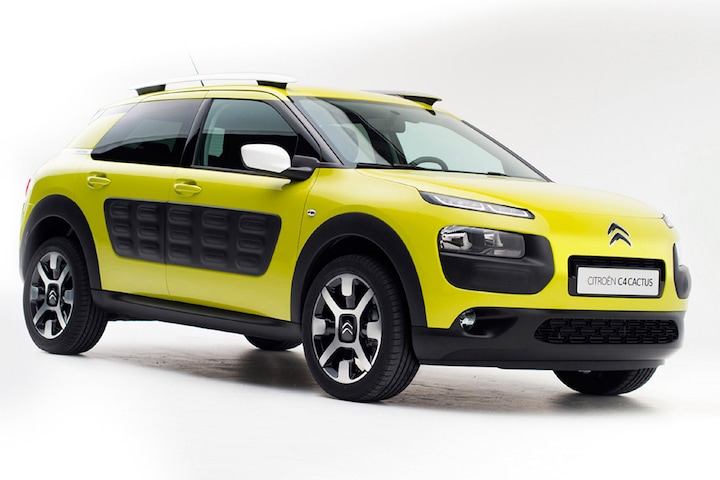
Recently it worked again. With the wonderful, smart and beautifully drawn Ami. And: what courage!

Followed – three in a row – by the almost brilliant Citroën Oli Concept. All three have a sympathetic, French character. Unconventional, fresh and intelligently built. The last two even have interchangeable door panels: smart, honest and unique. Was the Oli an astute prelude to what would be made into production?
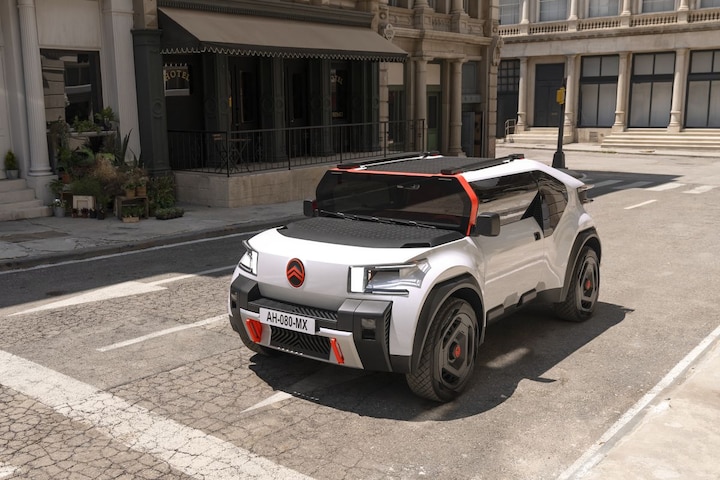

No. The sea–According to the brand, C3 is no-nonsense. That’s right. Because the inventive use of responsible materials, new shapes made through a visibly sustainable production process: gone. The fresh aesthetics and an optimistic character: nowhere to be found. The ë–C3 may be lighter and cheaper than many 2.5-ton kill-frenzy SUV mastodons, but the last ounce of creativity has also been squeezed out of the Oli.
The vertical front is carried over from the Oli, with the large new oval ‘chevron’ logo – but on this Down The Road Graphic after that, in fact, nothing remained.

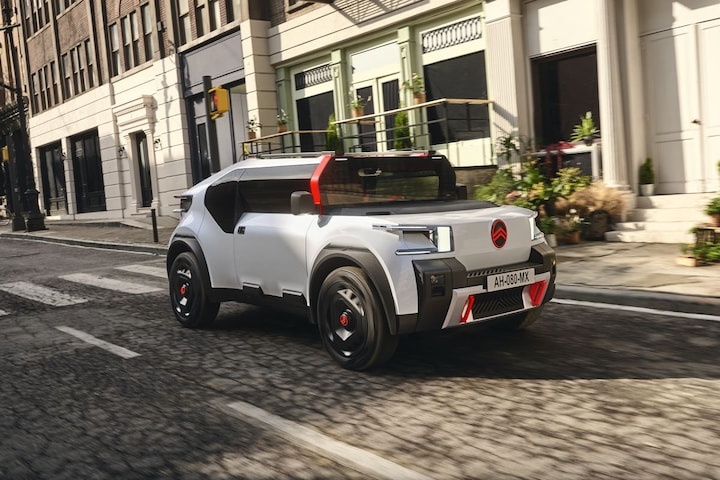
The flanks are nondescript.
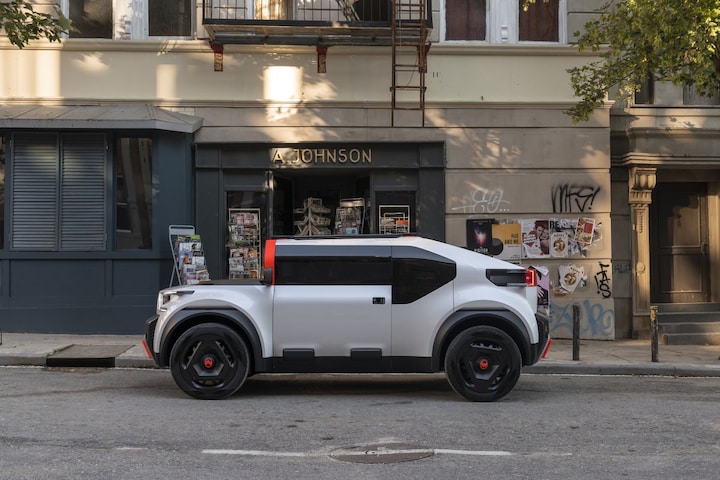
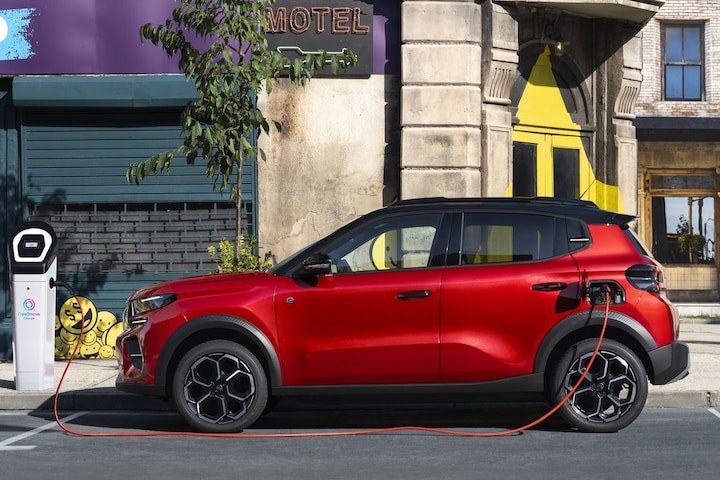
From the Oli DLO, the side windows, really nothing has returned. Naturally, the strongly inwardly curved side window in the Oli, which returns into the interior to reduce glass surface and thus thermal heating of the interior, has disappeared. But the outline alone is very refreshing and would not have looked out of place on a production car. At the bottom of the door, the Oli has an interpretation of the airbumps – so sympathetically introduced by the C4 Cactus: gone. The unique graphic expression around the wheels, the plastic elements cut off at the top, will not be returned to production, even in a toned down form.

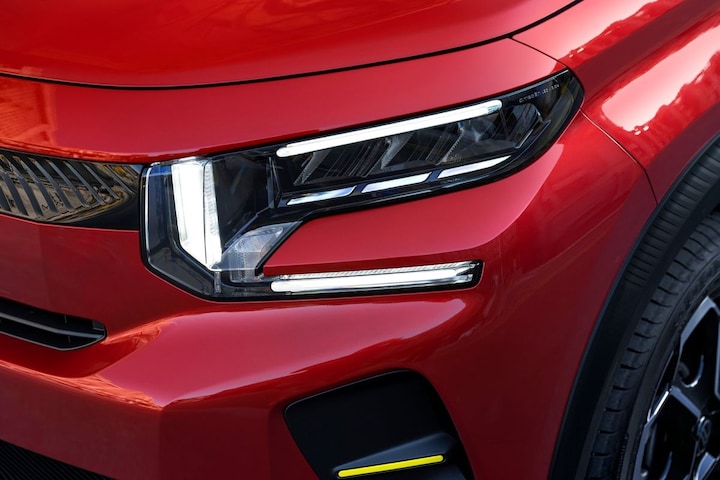
The short, high and horizontal Oli hood has technically shaped surfaces. The production car has a nondescript one. The fact that the vertical profile, with the upright windshield, has disappeared can only be described as logical. This invention is not feasible from a range-technical perspective, despite the smart spoiler aerodynamics that had been devised for the concept car. And it goes without saying that the volume of the so pronounced design language had to be significantly reduced: many strong inspirations are simply too expensive to mass produce – especially with a target price below 25,000 euros.
However, from the ë–C3 cannot, with the best will in the world, say that there is any relationship with the Oli. That does not mean that the Citroën ë-C3 is poorly designed, but unfortunately it is not the gamechanger that the brand says it has achieved, compared to the C4 Cactus, Ami and Oli.
– Thanks for information from Autoweek.nl